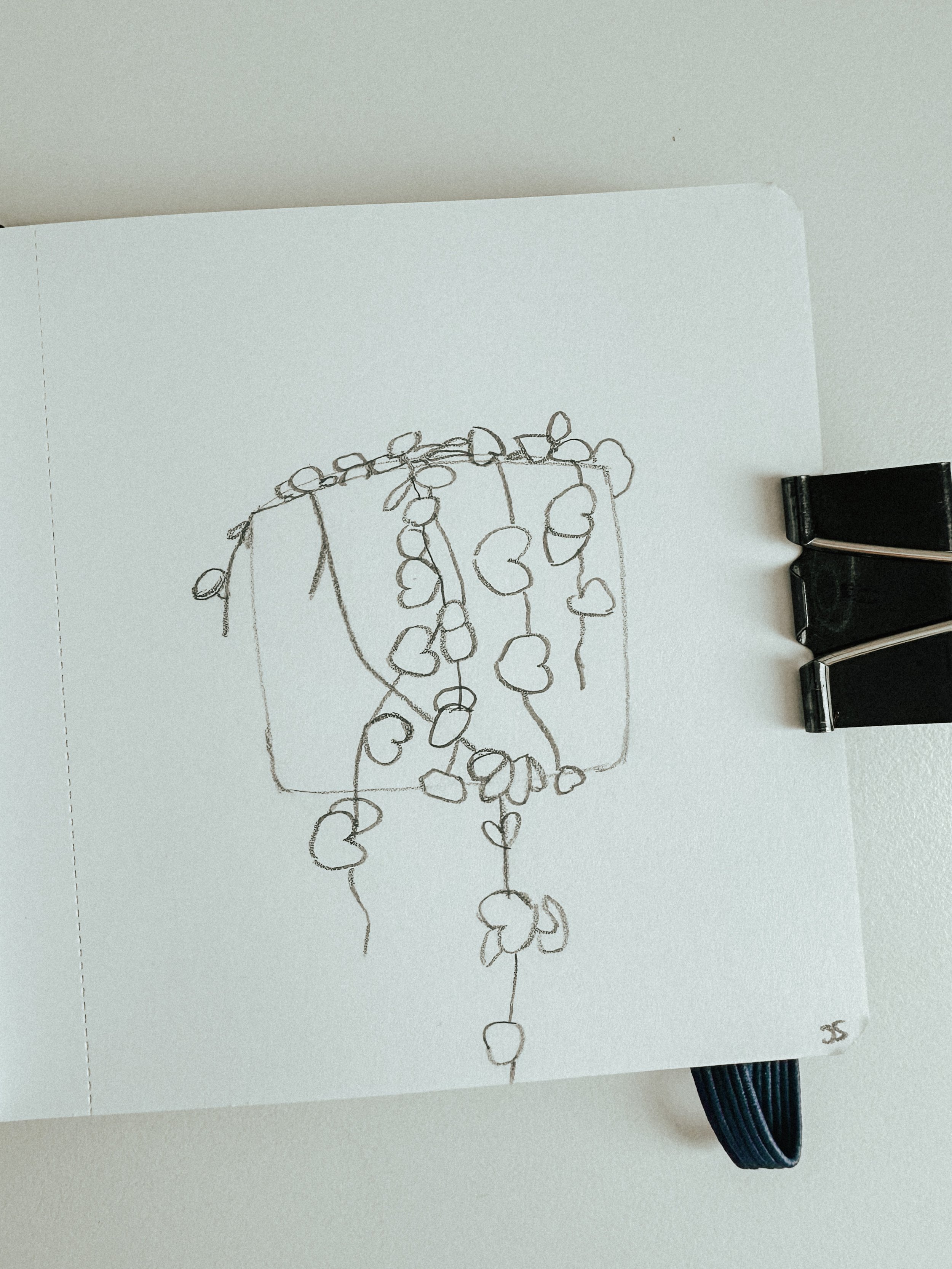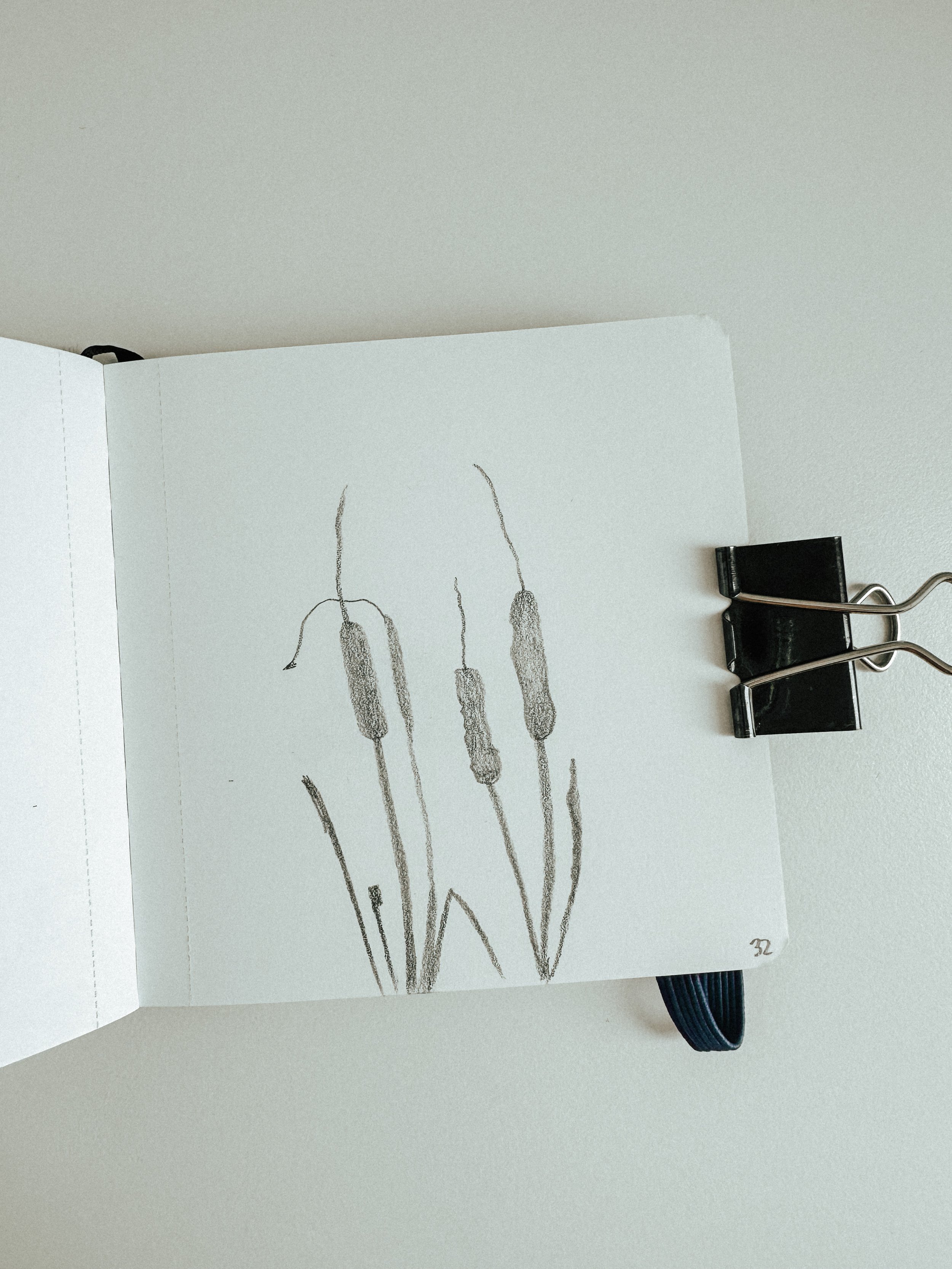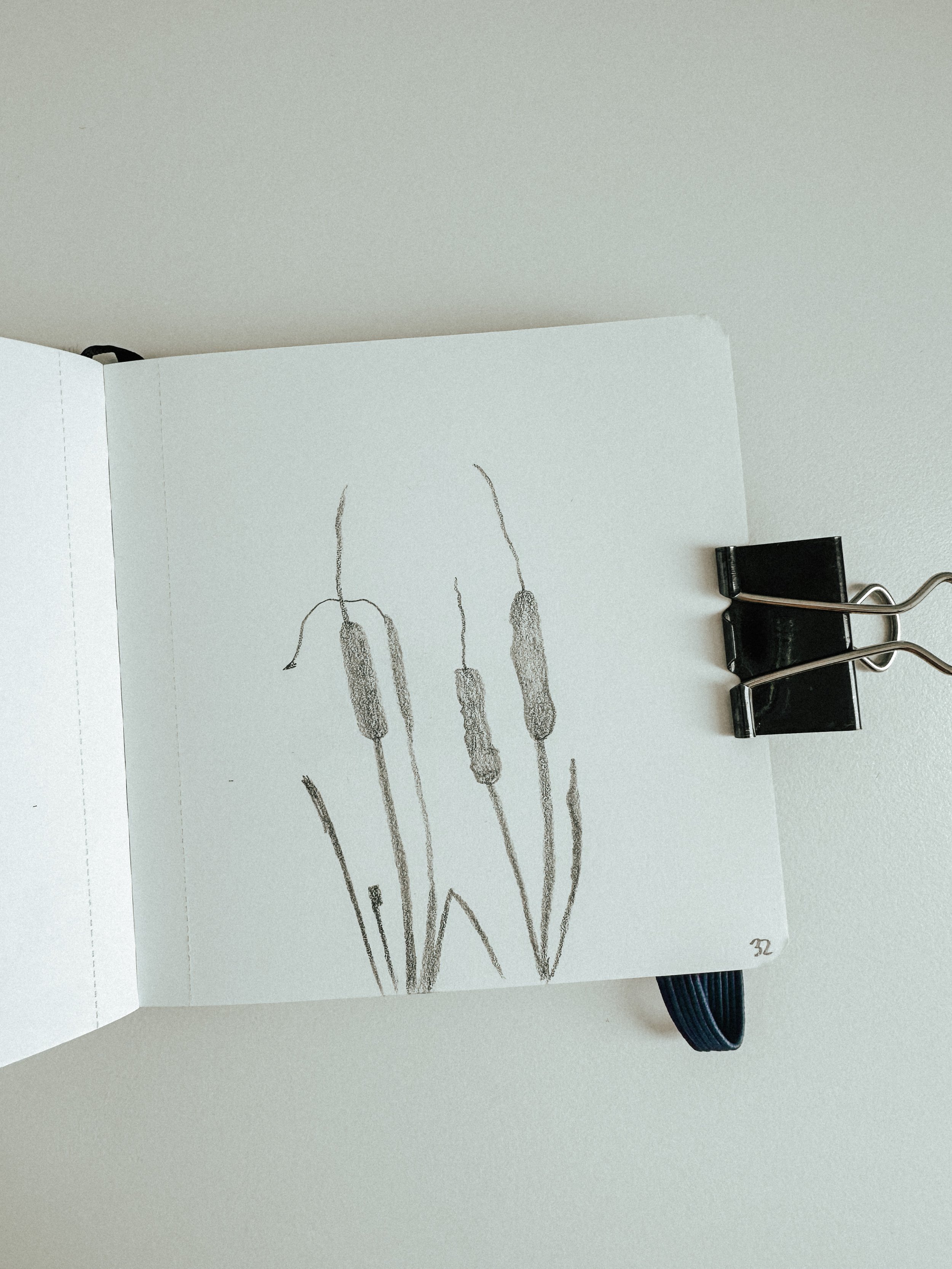35: String of Hearts
The String of Hearts plant, also known as Ceropegia woodii, is a charming and low-maintenance plant that has recently gained popularity as a houseplant. It is an easy-to-grow trailing plant native to South Africa that produces delicate, heart-shaped leaves that grow along thin, wiry stems. Despite its delicate appearance, the String of Hearts is a hardy plant that can thrive in various light levels and soil types. It is also highly adaptable to different planting containers, making it a versatile addition to any room in the house. This plant is a lovely choice for those who want to add some greenery to their living spaces without having to devote a lot of time and energy to maintenance.
34: Snake Plant
The Snake Plant, or Sansevieria trifasciata, is a strikingly unique plant that is also known as mother-in-law's tongue. Admired for its iconic look, this evergreen perennial has tall, sturdy green leaves adorned with linear patterns that resemble the skin of a snake. The plant is highly resilient and known to thrive in even the most unfavorable growing conditions, making it a popular choice for indoor decor. It requires minimal watering and can tolerate low light conditions, making it the perfect plant for people who don't have green thumbs but love to keep plants at home. The snake plant is not only a beauty that adds a new decoration point of view to any space, but it also has air-purifying properties, making it an excellent choice for any home or office. With its architectural look and high functionality, it's no surprise that the snake plant is a favorite among plant enthusiasts and is now regarded as one of the most trendy houseplants.
33: Pincushion Cactus
Pincushion cactus, also known as Mammillaria, is a type of cactus that is commonly found in the desert regions of North and South America. As its name suggests, this cactus has a round and padded appearance, with numerous small spikes or "thorns" covering its surface. Its striking appearance, coupled with its ability to thrive in arid and dry conditions, has made the pincushion cactus a popular choice among cactus enthusiasts and gardeners alike. Despite its spiky exterior, the pincushion cactus is known for producing beautiful and vibrant flowers, adding a striking element to any arid landscape.
32: Cattail
Cattail is a wetland plant that is commonly found near pond and lake edges, marshes, and other damp areas. It is known for its distinctive cylindrical brown seed head that resembles a furry tail and for its long, narrow leaves that can grow up to 10 feet in height. Native Americans used cattail for a variety of purposes, including for food, medicine, and as a weaving material for baskets and mats. The plant also has ecological importance, as it provides habitat and food for a variety of birds and animals. Additionally, cattail has been used in recent years for phytoremediation projects, as it is able to remove pollutants from water and soil. Overall, cattail is a versatile and useful plant that has played an important role in both human and environmental contexts.
31: Snapdragon
Snapdragon (Antirrhinum majus) is a popular flowering plant with long spikes of brightly colored flowers that resemble the face of a dragon. Native to the Mediterranean region, the plant is characterized by its distinctive shape and bright pigments that range from pink, red, yellow, and orange. Snapdragons are commonly used for ornamental purposes in gardens and other outdoor spaces due to their ability to thrive in a variety of growing conditions, making them suitable for both novice and experienced gardeners. Additionally, snapdragons have a unique ability to attract bumblebees, butterflies, and other pollinators, making them a valuable addition to any garden ecosystem.









